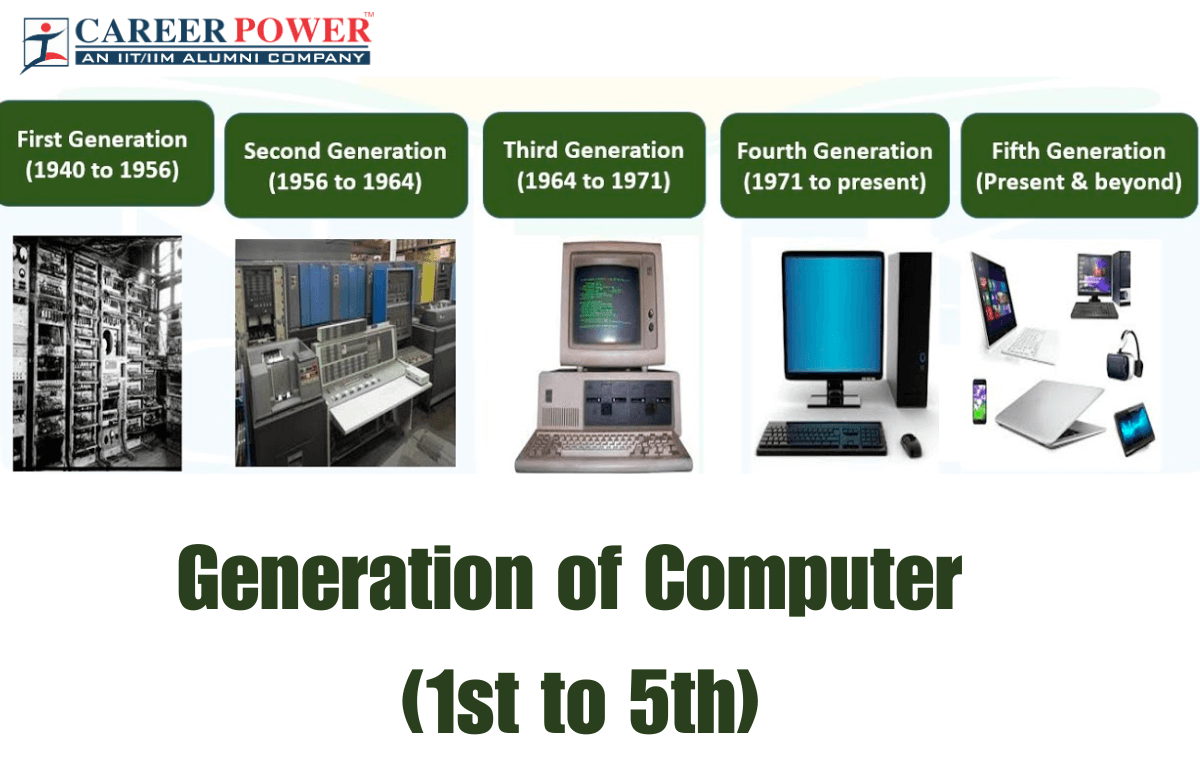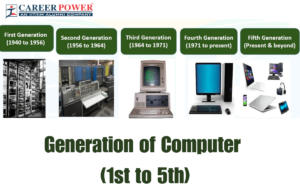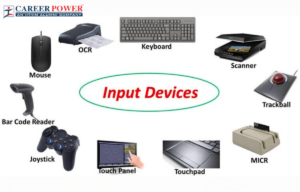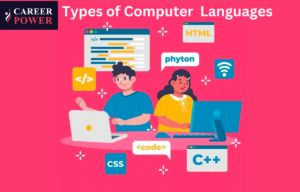Computers have evolved over several generations such as first-generation, second-generation, third-generation, fourth-generation, and lastly the fifth generation, each marked by significant technological advancements. Each generation brought about significant improvements in speed, size, and functionality, paving the way for the diverse computing landscape we have today. In the below sections, we will be mentioned briefly about the Fifth Generation of computers, its advantages, disadvantages, features, examples, etc.
Fifth Generation Computer Systems
The fifth generation computers refers to a theoretical future generation of computing devices, which is characterized by the development of artificial intelligence (AI) and natural language processing capabilities. These computers are envisioned to possess advanced AI systems that can understand and respond to human language, learn from experience, and exhibit human-like intelligence.
Research and development in the fifth generation of computers focus on creating intelligent machines capable of solving complex problems, reasoning, and understanding natural language. Although the term “fifth generation” was coined in the 1980s, the actual realization of this generation is ongoing, and various AI technologies and applications developed today contribute to the progression toward this version. The fifth-generation computers emerged from collaborative research efforts, primarily in Japan, during the 1980s, marking a significant phase in the development of computing technology.
In fifth-generation computers, ULSI (Ultra-Large-Scale Integration) technology played a crucial role in enhancing the computational power and efficiency of these machines. By integrating millions of transistors and other components onto a single chip, ULSI technology enabled the creation of highly advanced microprocessors and memory units in fifth-generation computers.
What is ULSI?
ULSI stands for Ultra-Large-Scale Integration. It refers to the technology used in the design and manufacturing of microprocessors and other integrated circuits where millions of transistors are integrated onto a single chip. ULSI technology represents an advancement beyond Very-Large-Scale integration (VLSI) and allows for incredibly complex and powerful microprocessors, memory chips, and other digital devices to be produced.
ULSI technology has significantly contributed to the miniaturization of electronic devices, leading to smaller and more powerful computers, smartphones, and other gadgets. This technology has enabled the semiconductor industry to pack a vast number of transistors and other electronic components into a very small space, leading to increased computational power and improved efficiency in electronic devices.
Fifth Generation Computer Features
Some of the main features of the Fifth Generation Computer Systems that make them different and more successful than the others are mentioned in this section.
- Artificial Intelligence (AI): Fifth-generation computers are expected to exhibit them to understand human language, learn from experience, and apply knowledge to solve problems. This involves the development of expert systems, natural language processing, and machine learning.
- Parallel Processing: The fifth generation of computers is designed to process information in parallel, allowing them to handle multiple tasks simultaneously. Parallel processing enhances the speed and efficiency of computations, making it crucial for complex AI tasks and large-scale data analysis.
- Integration of Hardware and Software: In fifth-generation computing, there is a strong emphasis on integrating hardware and software seamlessly. This integration is essential to support the sophisticated AI algorithms and ensure efficient communication between different components of the system.
- Knowledge-Based System: These systems are a significant part of fifth-generation computing. They store vast amounts of knowledge to solve specific problems or provide expertise in various domains. Expert systems, which are a type of knowledge-based system, are designed to emulate the decision-making abilities of a human expert.
- Natural Language Processing (NLP): Fifth generation of computer aim to understand and respond to human language. NLP involves the interaction between computers and humans using natural language, enabling tasks such as language translation, sentiment analysis, and chatbot interactions.
- Robotics: Robotics plays a vital role in fifth-generation computing. Intelligent robots are envisioned to perform tasks in various industries, healthcare, and service sectors. These robots would be capable of adapting to changing environments and interacting intelligently with humans.
- Global Connectivity: Fifth-generation computers are expected to be interconnected globally, allowing seamless communication and collaboration between devices and systems across the world. This interconnectedness facilitates the exchange of information and data on a massive scale.
Examples of Fifth Generation Computer
A very well-known example of a fifth-generation computer is the “Watson”. Watson is IBM’s artificial intelligence system, known for its ability to answer questions posed for its ability to answer questions posed in natural language. It gained widespread recognition in 2011 when it completed the quiz show Jeopardy!, where it demonstrated its advanced natural language processing and machine learning capabilities by defeating human champions.
Artificial Intelligence (AI) is a rapidly evolving field with a wide range of applications across various industries such as Virtual Assistants, Chatbots, Image Recognition, Speech Recognition, Recommendation Systems, Natural Language Processing (NLP), AI in Healthcare, Gaming, Cybersecurity, Education, etc. These applications represent just a fraction of the possibilities AL offers. As technology continues to advance, AI is likely to find even more innovative applications across diverse sectors.
Some more common examples of the Fifth Generation Computers are-
- Desktop
- Laptop
- Notebook
- Chromebook
- UltraBook
- Tablet, etc

Advantages of Fifth Generation Computers
This new generation of computers is proving to be the best invention till date. The advantages of the invention of the Fifth Generation Computers are listed below.
- In terms of speed, Fifth Generation Computers are much quicker than previous generations.
- The process of repairing these types of computers is simple.
- The size of this generation of computers is substantially smaller than the previous ones.
- Talking about weight, these latest generation computers are light in weight.
- Artificial Intelligence is being developed for this generation of computers.
- This generation has seen the progress of Superconductor technology.
Disadvantages of Fifth Generation Computer Systems
Although the Fifth Generation Computers are very useful and have a lot of new features but they do have their own limitations. Here in this section, we have pointed out some of the disadvantages of the Fifth Generation of Computers.
- These computers have replaced humans in various fields with their reliability and speed resulting in unemployment.
- Computers are also affecting human health and are dulling the creativity of the human brain.
- These can be a serious threat as various types of cyber crimes can be committed using these computers.
- This generation of computers is making good use of the computer network, however, some bad brains are using them to send wrong and bad information around people.
- These computers are usually sophisticated but at times difficult to use.



 Generation of Computers 1st, 2nd, 3rd, 4...
Generation of Computers 1st, 2nd, 3rd, 4...
 Input Devices of Computer: Definition, F...
Input Devices of Computer: Definition, F...
 Computer Languages and it's Types
Computer Languages and it's Types













